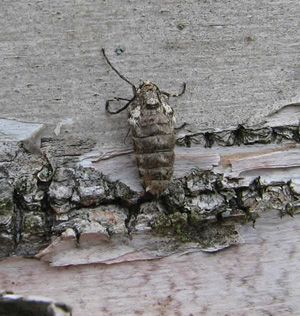Insect and Disease Management
By far, most insects are beneficial to the environment. The majority of plants can tolerate slight to moderate insect feeding without lasting harm, but sometimes insect populations develop which threaten the health of trees, shrubs and other species, including humans. Balancing this understanding and approach to insect management is WellTree’s specialty.
Emerald Ash Borer > Hemlock Woolly Adelgid > Magnolia Scale > Brown Tail Moth > Winter Moth > Tick and Mosquito Management > Apple Scab Fungus > Needle Cast Fungus >
Emerald Ash Borer
Accidentally introduced to North America from Asia, the emerald ash borer is considered one of the most serious invasive species to endanger ash trees. The emerald ash borer tunnels under the bark and eats away at the parts of the tree that distribute water and sugar. This can starve and kill the tree within a few years. Entire ash forests have been decimated by this insect.
Preventative spray or systemic trunk injection treatments can prevent emerald ash borer infestation. Once a serious infestation has begun it can be difficult to save your trees, so prevention and early treatment before signs of infestation appear is very important.
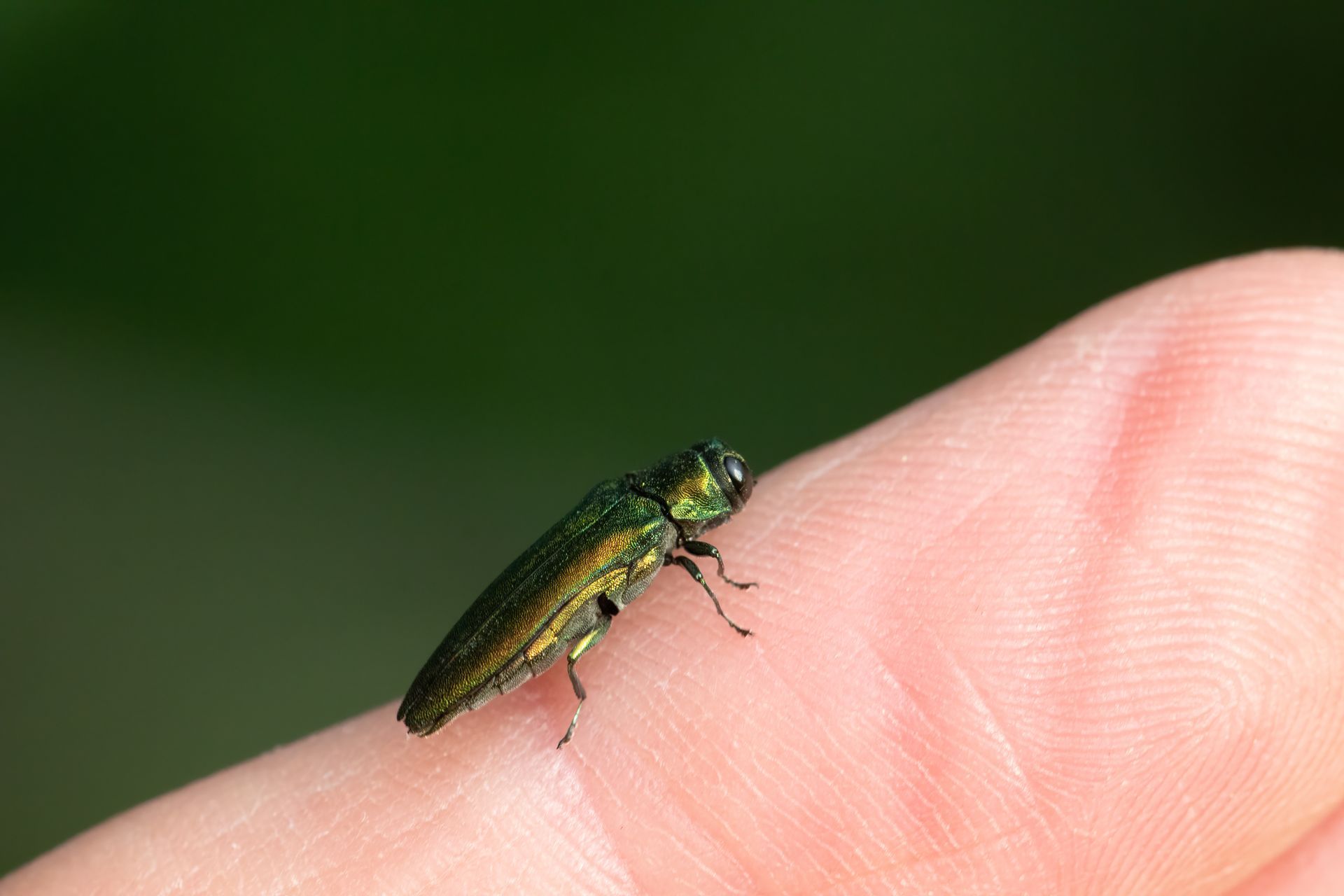
Slide title
Write your caption hereButton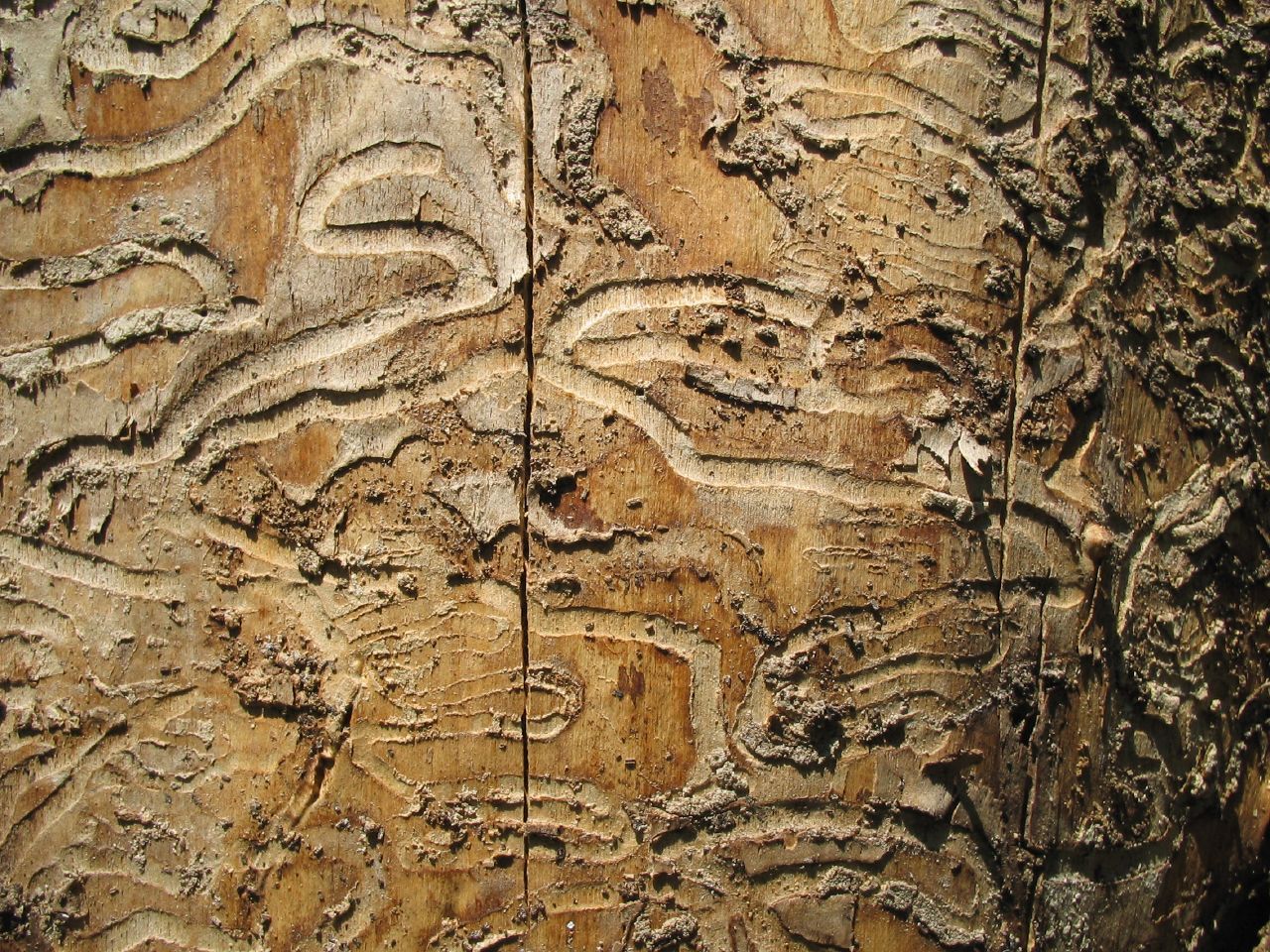
Slide title
Write your caption hereButton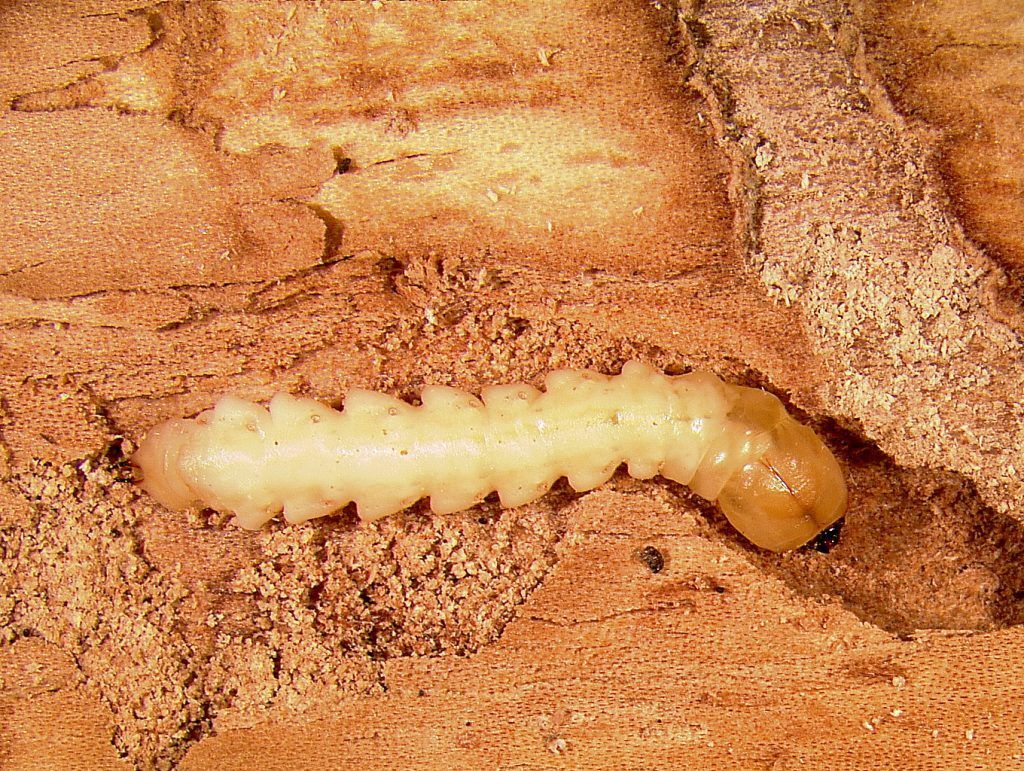
Slide title
Write your caption hereButton
Hemlock Woolly Adelgid
The hemlock woolly adelgid is so named for the “woolly” substance seen on the small branches of the hemlock when the insect’s eggs are present. The adelgid sucks sap from the hemlock tree and injects toxins while it feeds, killing the branches and, in time, the entire tree. Introduced to the U.S. in the 1950s, adelgids are now found in coastal Maine.
Hemlock woolly adelgids are spread from tree to tree by people, wind, birds and other animals starting in late winter/early spring. At this time, hundreds, if not thousands, of the speck-sized juvenile insects (crawlers) leave the woolly protection of the adult and migrate to other parts of the tree to settle and feed. Between March and August, the adelgids are most apt to spread from tree to tree, so care must be exercised around infested trees during this phase. Clipping infested branches between fall and early winter can control early infestations. For established infestations, timely and targeted spray treatments or systemic bark and root/soil treatments can effectively manage this insect. It is important to treat hemlocks early for the best outcome.
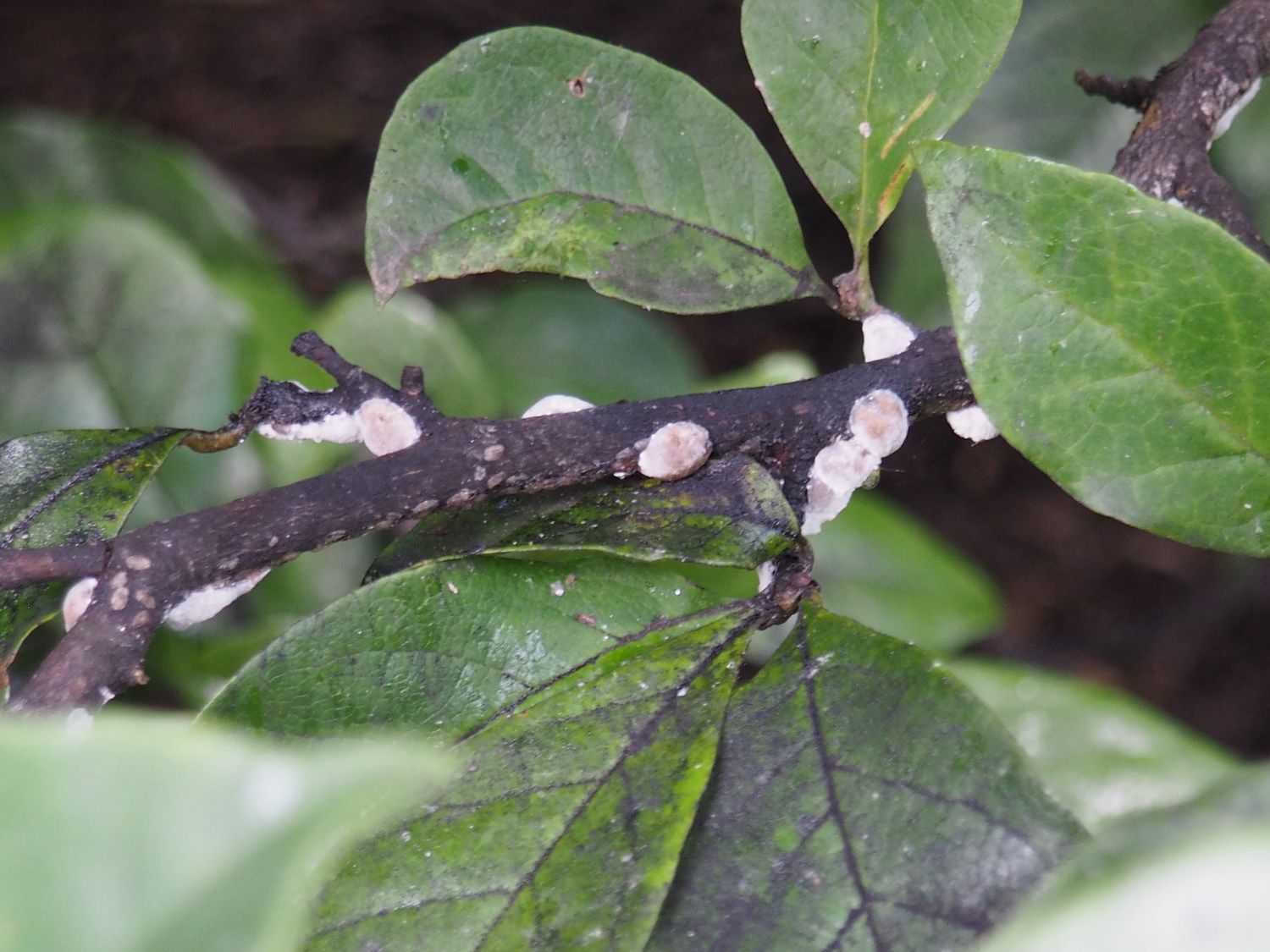
Slide title
Write your caption hereButton
Slide title
Write your caption hereButton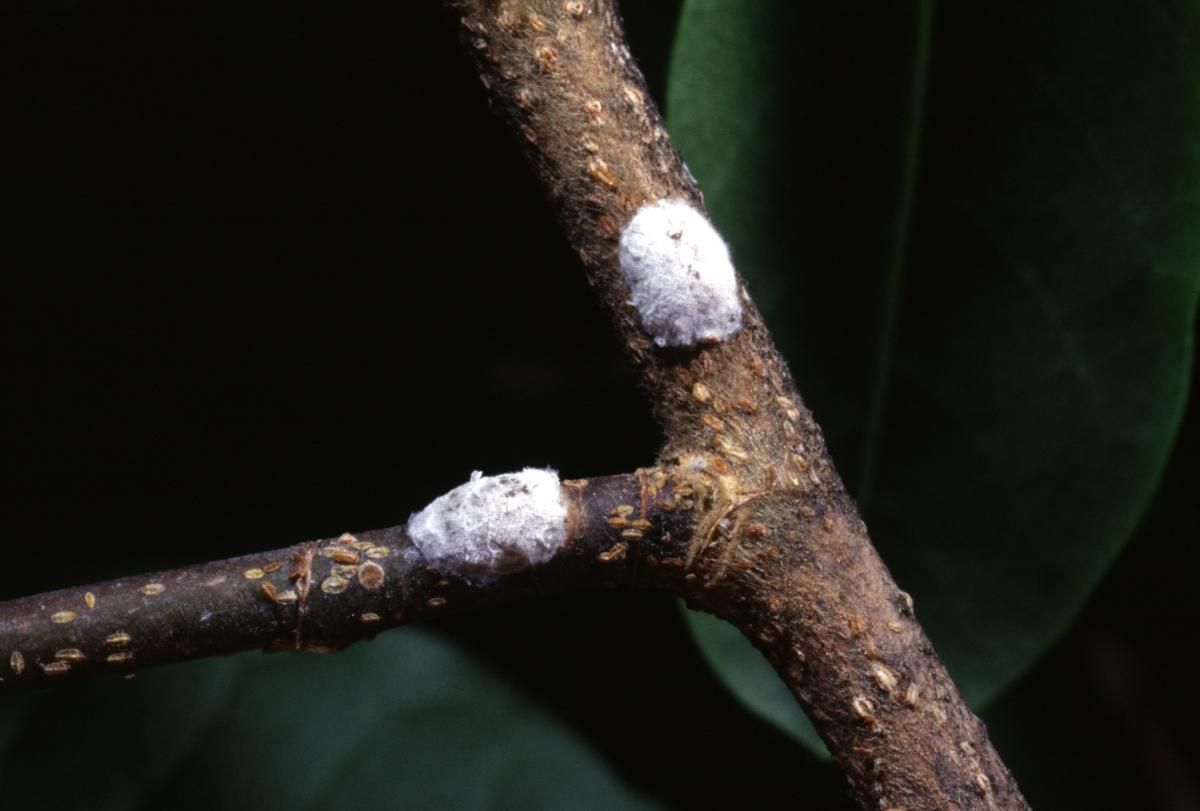
Slide title
Write your caption hereButton
Magnolia Scale
Magnolia scale is an insect which feeds on magnolia trees. The mature stage of the insect can be as much as 1/2” in size and is covered by a round, soft, white waxy coating. The juvenile stage is less than 1/32” in size and is not visible to the naked eye.
In large numbers the mature insects harm trees by sucking out sap which trees need for energy.
Magnolia scales also excrete sugary sap, known as honeydew, which attracts bees, wasps, and yellow jackets. Honeydew also drips on objects below.. A black sooty mold grows on the sticky honeydew which causes a mess on objects it grows on, such as lawn furniture.
Magnolia scale can be managed with carefully timed sprays of the juvenile stage of the insect. The juvenile stage occurs in the fall and early spring. The juvenille stage does not have the protective outer covering which the mature stage of the insect has.
The adult stage of the insect occurs later in spring and summer. It has an outer shell which protects it from sprays. On very small magnolias, the adult stage can be wiped off by hand.
Brown Tail Moth
The browntail moth is an invasive species normally found on the coast of Maine and Cape Cod. The hairs of the caterpillar stage can cause a mild to severe rash. Exposure to the hairs can be through direct contact with the caterpillar, but more often occurs through contact with airborne hairs, released by caterpillars in the trees. Moderate to heavy infestations of the caterpillars are capable of defoliating trees in spring.
Browntail moth caterpillars reside in a silken web at the tops of trees for approximately nine months of the year, including winter. Their webs are most easily identified in late winter/early spring when the silk web whitens and is reflected by the sun. Webs should be pruned out at this time of year and destroyed to prevent hatching.
Once temperatures warm in the spring and leaves begin developing, browntail caterpillars exit the webs and start feeding on new leaves. Foliar treatments can be applied at this time to effectively manage infestations. There are also systemic treatments which can be applied to other parts of the tree at this time or later in the summer/early fall.
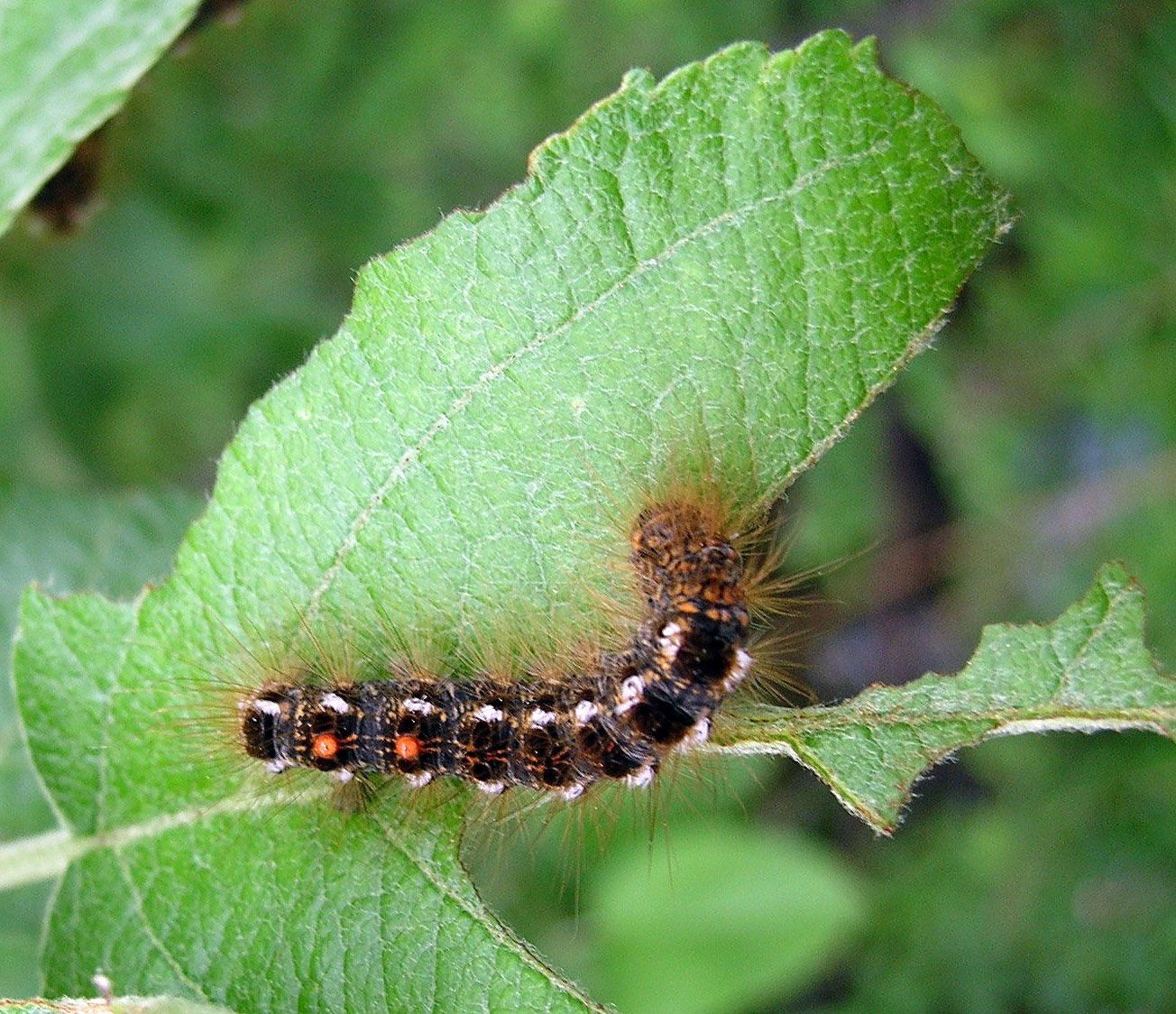
Slide title
Write your caption hereButton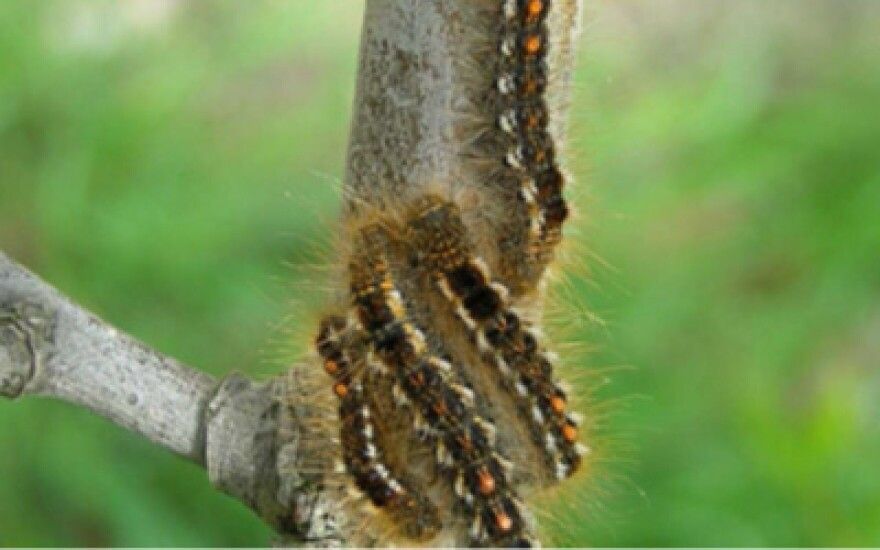
Slide title
Write your caption hereButton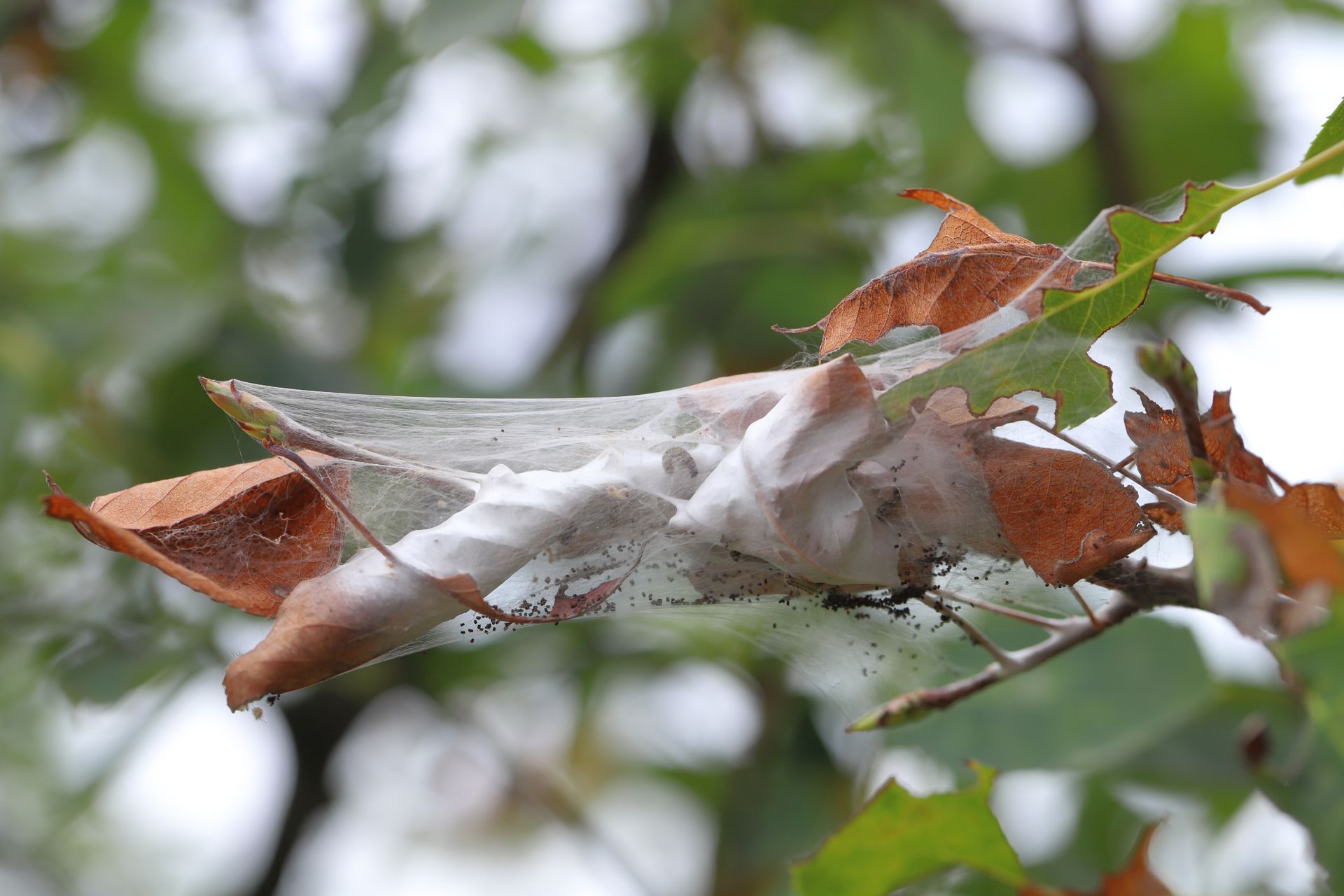
Slide title
Write your caption hereButton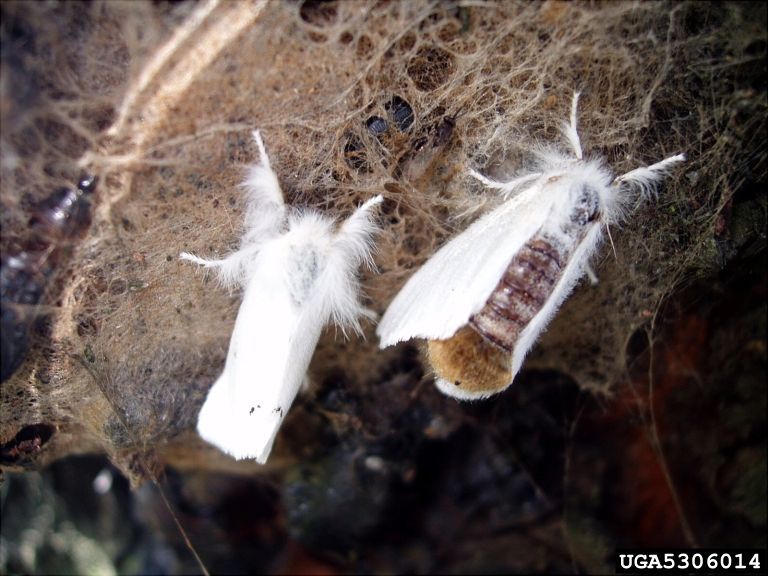
Slide title
Write your caption hereButton

Slide title
Write your caption hereButtonSlide title
Write your caption hereButton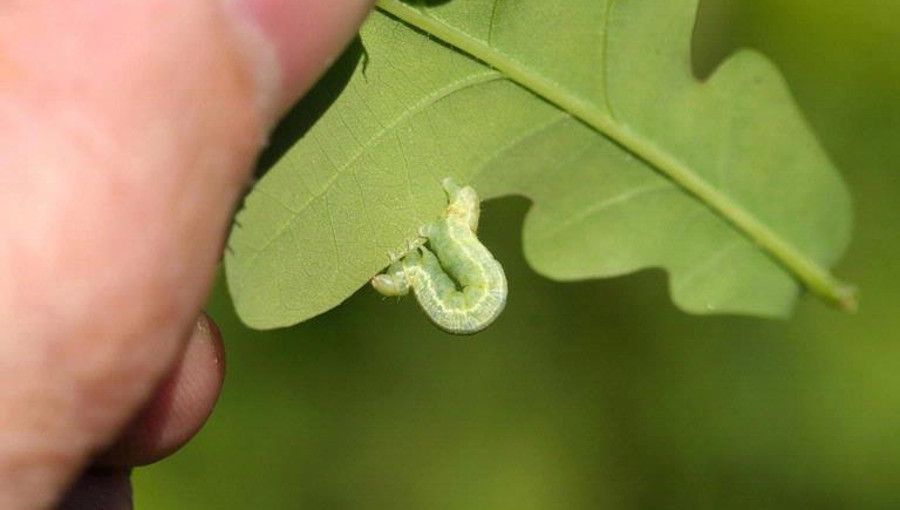
Slide title
Write your caption hereButton
Winter Moth
Winter moth larvae are green to brownish-green “inchworms” that cause damage to deciduous trees and shrubs by eating their leaves in the early spring. The caterpillars are capable of defoliating many species of trees and shrubs when populations are high. Winter moths have no natural enemies in Maine which sufficiently control infestations, so it’s important to properly identify and treat winter moths, if necessary, to prevent undue harm to your trees and shrubs.
Winter moths emerge from the soil in late fall/early winter, at which time they mate and deposit eggs on the bark of trees and shrubs. The moths then die, leaving only the eggs to overwinter on the plants. In early spring, tiny caterpillars hatch out of the eggs and wiggle onto and inside of the unopened plant buds to feed. The caterpillars also feed on the leaves once opened. In fall, heavy-weight sticky bands applied to tree trunks can help capture some ascending female moths before they deposit eggs, as the females are wingless and flightless. In spring, prior to egg hatch, a spray application of horticultural oil may prevent some eggs from hatching, especially on younger, smooth-barked trees where eggs are most exposed. Following egg hatch and leaf emergence, a targeted foliar insecticide application can manage infestations effectively. Other methods of treatment may also be effective in spring as well as late summer/early fall.
Tick and Mosquito Management
Mosquitos and ticks are important parts of our ecosystem. While oftentimes a simple nuisance to people and pets, they are also capable of transmitting harmful diseases which may result in serious illness.
Maine is home to over a dozen tick species. Many ticks get to their host (people or animals) by waiting on tall grass or foliage. When the host passes by, the tick grabs on using their front legs. The tick then climbs to a desirable feeding site on the skin and digs in for dinner. Disease is passed through the tick to the host as they feed.
For mosquitoes, water management, traps and natural predators, such as bats, birds and dragonflies, can help reduce populations. Increasing sunlight and airflow through targeted pruning or vegetation removal can also be helpful. For ticks, creating a buffer of open space between outdoor activities near tall grass, dense shrubbery and trees, where deer, mice and other rodents which carry ticks are active, can help minimize contact.
A supplemental method of management is to treat larvae (mosquitoes), nymphs (ticks) and adults with an insecticide. Since ticks are most susceptible to treatment in the nymph stage, spring is an effective time for management. Depending on temperature and rainfall, mosquito treatment can start as early as April. Regular treatments throughout the summer may be needed for optimal control.
If you’re considering controlling mosquitoes or ticks with spray treatments, it is important to consult with a professional. Treatments must be used cautiously and limited to those with the proper certification and experience.
Apple Scab Fungus
Apple scab fungus is recognized by black spots on the fruit and olive/brown discoloration on the leaves of the apple tree. In years with heavy infection, the fungus causes leaves to drop prematurely, leading to less energy storage for the tree. Infections are more likely to occur in years when springtime is cool and wet. Some fruit tree varieties are more vulnerable than others. McIntosh, Macoun and Cortland are particularly susceptible to scab, and the fungus can be spread to nearby trees through infected, fallen leaves and airborne spores.
One way to prevent apple scab fungus is to plant varieties that are more resistant, such as Honeycrisp and Liberty. Raking leaves in the fall may reduce the spread of the fungus to other trees. However, leaf cleanup by itself is often insufficient to protect vulnerable trees. Timed foliar applications in spring are often the most effective way to ensure your trees are healthy and producing well.
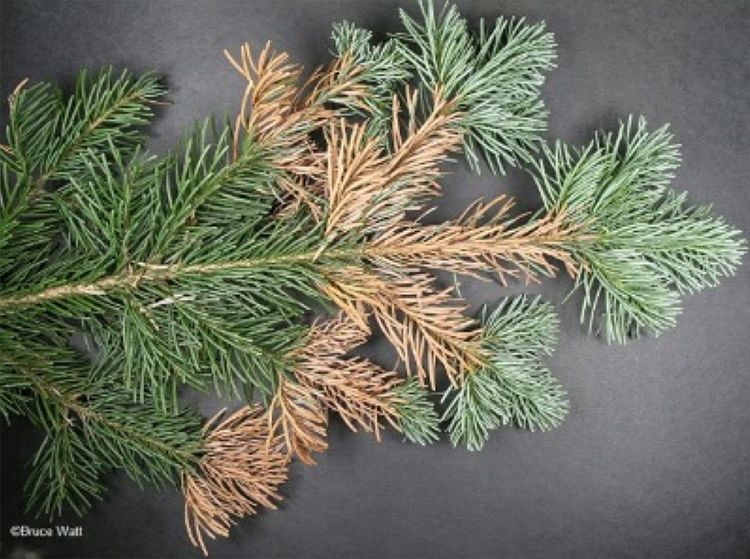
Slide title
Write your caption hereButton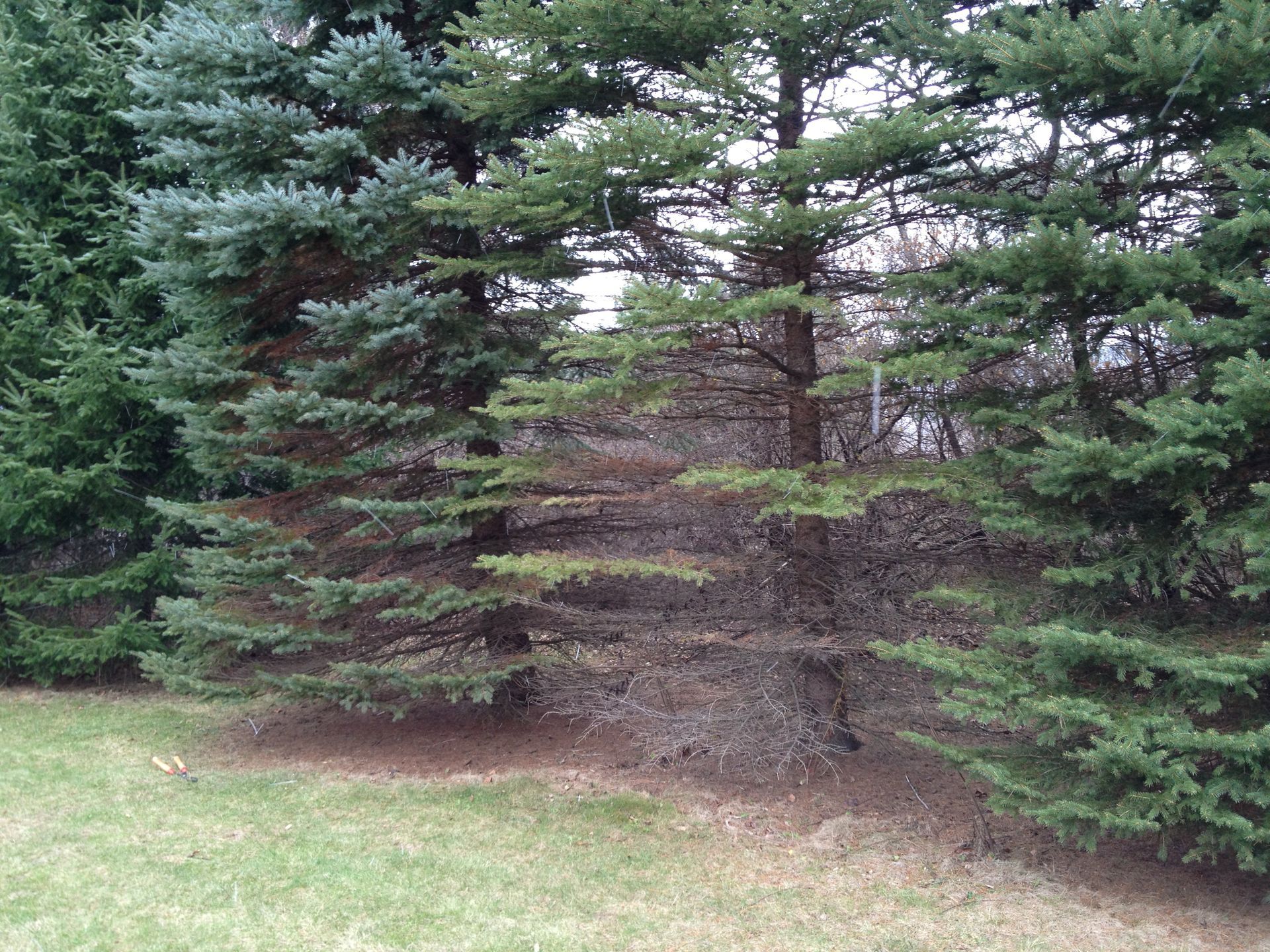
Slide title
Write your caption hereButton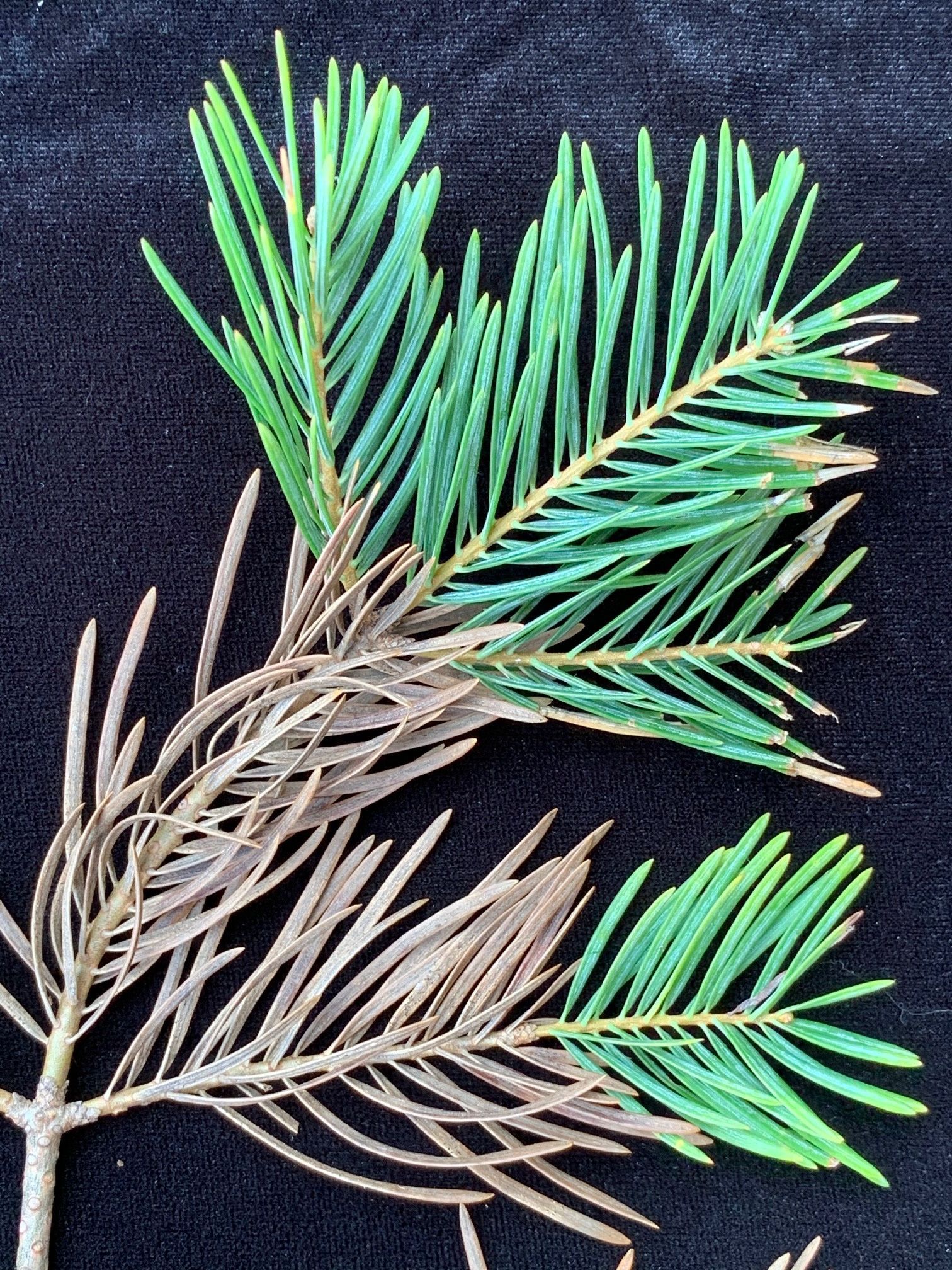
Slide title
Write your caption hereButton
Needle Cast Fungus
Needlecast fungus can weaken the health of your spruce, pine and other conifers by infecting the needles, which turn brown and then “cast” off, falling to the ground. Often, infections begin near the bottom branches where it's moist and shady. Infections tend to move up the tree in the following years. Aside from being unsightly, prolonged needlecast infections can reduce the health of trees by reducing the volume of needles available to produce energy for the tree. Trees in moist, shady conditions are most susceptible to needlecast infection, and some evergreen species are more susceptible than others. Fungal spores which cause infection may be spread by wind, animals or people.
Selecting disease-resistant varieties of evergreens is the best way to reduce the likelihood of infection from needlecast fungus. For existing trees, pruning to increase sunlight and airflow may help reduce infection. Timed foliar fungicide treatment in spring is often required to protect susceptible trees from initial or further infection.


